Four Ways to Enjoy “The Soul of the Brush”
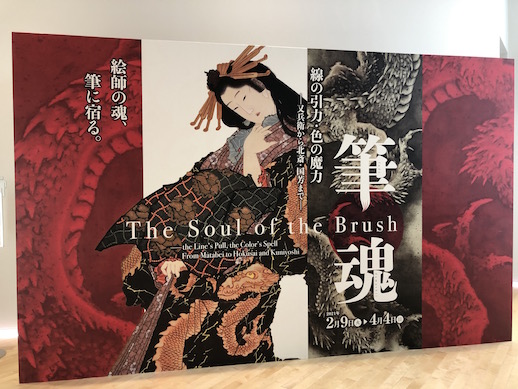
Ukiyo-e, one of Japan’s most famous art forms, is commonly thought of as mass-produced woodblock prints. Its history is deeper and more diverse, however. “Ukiyo-e” is any picture of the “ukiyo” floating world, the society of pleasure and entertainment in 17th through 20th century Japan. Ukiyo-e’s origins lie in brush painting. “The Soul of the Brush – The Line’s Pull, the Color’s Spell: From Matabei to Hokusai and Kuniyoshi” at The Sumida Hokusai Museum introduces the lineage of Ukiyo-e painting with around 125 brush-drawn works by more than 60 artists. Here are a few ways to appreciate the exhibition.
1. Learn About Ukiyo-e’s Origins
The artist Matabei Iwasa is thought to have paved the way for Ukiyo-e with his richly decorative paintings of folk heroes and household scenes. As early as the mid-16th century, he and other artists were creating genre paintings that would become the precursors to Ukiyo-e. Moronobu Hishikawa, who transformed Iwasa’s style, made a name for himself with his Bijinga paintings of beautiful women. He is considered to be the founder of Ukiyo-e. The motifs of Iwasa and Hishikawa’s works would remain popular in Ukiyo-e as the genre evolved.
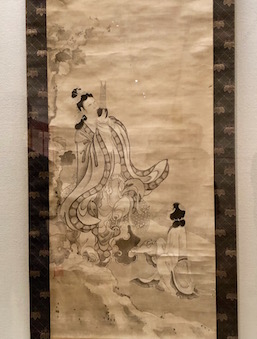
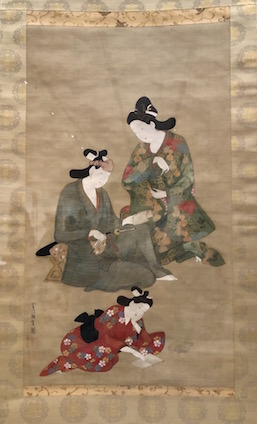
2. See Your Favorite Masters at Work in a Different Medium
You may be familiar with Hokusai’s Great Wave and Sharaku’s portraits of Kabuki actors, but opportunities to see these artists’ works with the brush rather than as prints are rarer. This exhibition reveals another side to the artistry of these masters and others such as Utamaro Kitagawa and Kuniyoshi Utagawa. Their paintings display complex color techniques and distinctive brushwork.
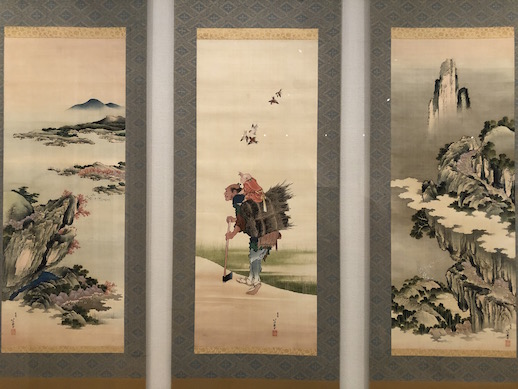
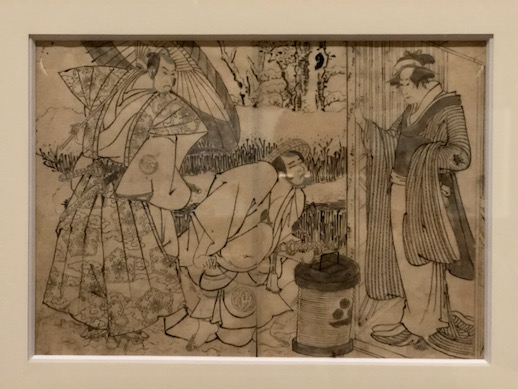
3. Marvel at Important and Surprising Works
One of the biggest reasons to see this show is its lineup of rare and important works. These include government-designated Important Cultural Properties, newly discovered works, rediscovered works, and works on public display for the first time. For instance, Beauties at a Flourishing Brothel (1804–1818), painted by six artists including Hokusai, is a newly discovered Ukiyo-e painting that suggests surprisingly close relationships among its multiple artists. Hokusai’s Beauty Checking her Coiffure with Two Mirrors (1804–1830) is on public display for the first time after being introduced to the world in a June 2020 magazine article. Nine Variations of Nakamura Utaemon III (1815) by Toyokuni Utagawa is a newly discovered eight-panel series of folding screens that portray the varied Kabuki dances of a single actor.
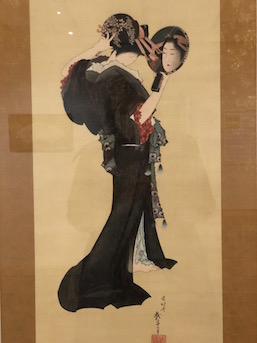
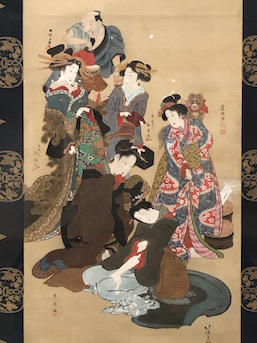
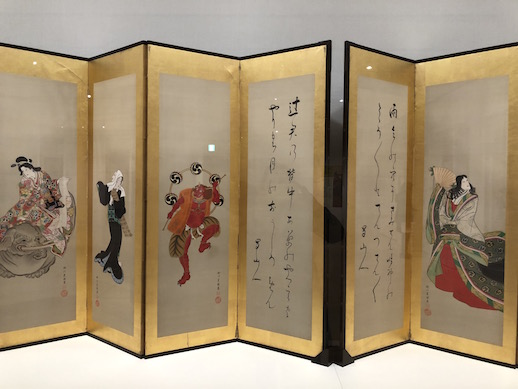
4. Commune with Beauties, Warriors, Actors, and Animals
The exhibition hosts a cast of colorful characters both real and imaginary. Besides popular subjects such as Bijinga beauties and Kabuki actors playing fierce warriors and other roles, Ukiyo-e portray a variety of non-human subjects, ranging from familiar animals to mythical beasts. Hokusai’s dragon is particularly noteworthy for its elaborate brushwork and dramatic expression.
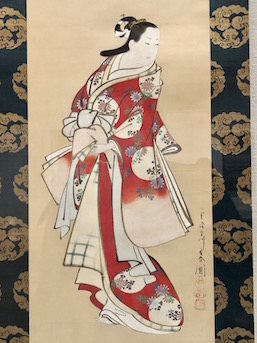
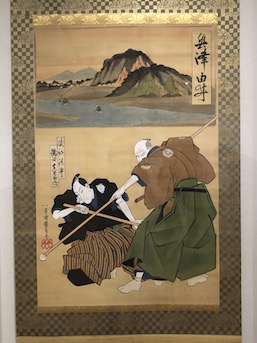
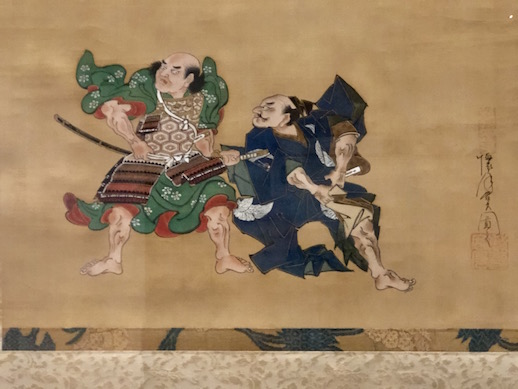
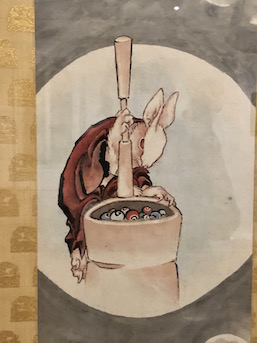
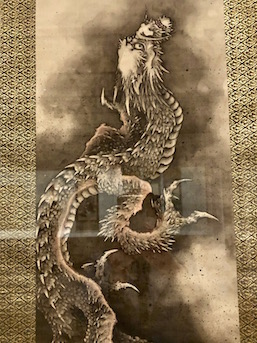
“The Soul of the Brush – The Line’s Pull, the Color’s Spell: From Matabei to Hokusai and Kuniyoshi” is a two-part exhibition. Part I ends March 7 and Part II runs from March 9 through April 4. Some of the displayed works will be alternated between Parts I and II.



